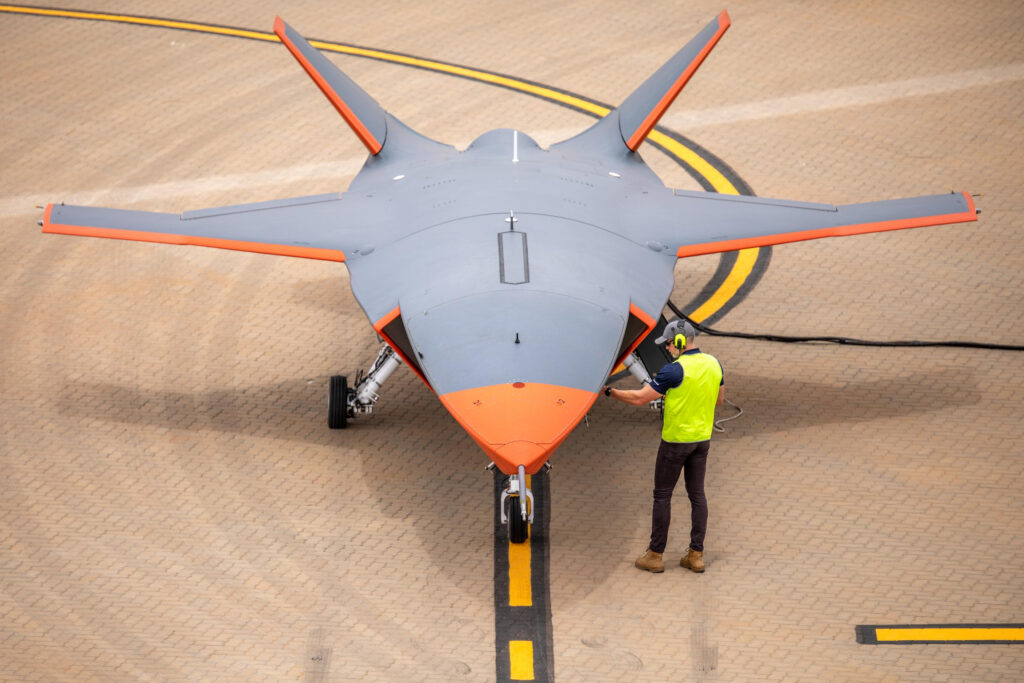The Japanese Ministry of Defense has awarded Boeing a contract to test aerial drones for the country’s manned-unmanned teaming research and development.
The 155.1-million Japanese yen ($980,000) project calls for the American company’s segment in Japan to simulate unmanned systems that are “capable of combat in collaboration with manned aircraft,” similar to the US military’s ongoing “loyal wingman” initiative.
Boeing’s selection was supported by the company’s exclusive right to use the required test software and expertise to facilitate associated work, a report from Bangkok-based Asian Military Review said.
Progress on Japan’s Manned-Unmanned Teaming Effort
Tokyo in 2022 first unveiled its plan to produce a drone that can support the Japanese Self-Defense Forces’ existing combat aircraft as well as the military’s incoming sixth-generation fighter jet — a larger program being developed in partnership with Italy and the UK.
In 2023, the Japanese defense agency agreed with the US Department of Defense to jointly explore artificial intelligence and machine learning solutions that could potentially be integrated into the East Asian country’s future military drones.
The same year, Japan, the US, and Taiwan signed a collaborative project to exchange real-time drone information to enhance their defense coordination, particularly in the Pacific region.
The US then confirmed in 2024 that it would formally include Japan in the collaborative combat aircraft program — the official designation of the American military’s loyal wingman venture.


Boeing’s Loyal Wingman Model
Boeing currently offers its MQ-28 Ghost Bat system as the unit for manned-unmanned experiments. The US Air Force and the Royal Australian Air Force are now both using the drone for this purpose.
The Ghost Bat measures 12 meters (40 feet) long and has a wingspan of 7 meters (23 feet).
It can be equipped with advanced radars, electro-optical sensors, and other components for electronic warfare applications.
It is powered by a turbofan engine for subsonic speeds and a range of over 2,000 nautical miles (2,301 miles/3,704 kilometers).
A similar concept from Japan’s Mitsubishi Heavy Industries is under development to produce variants for combat and sixth-generation fighter support roles.


